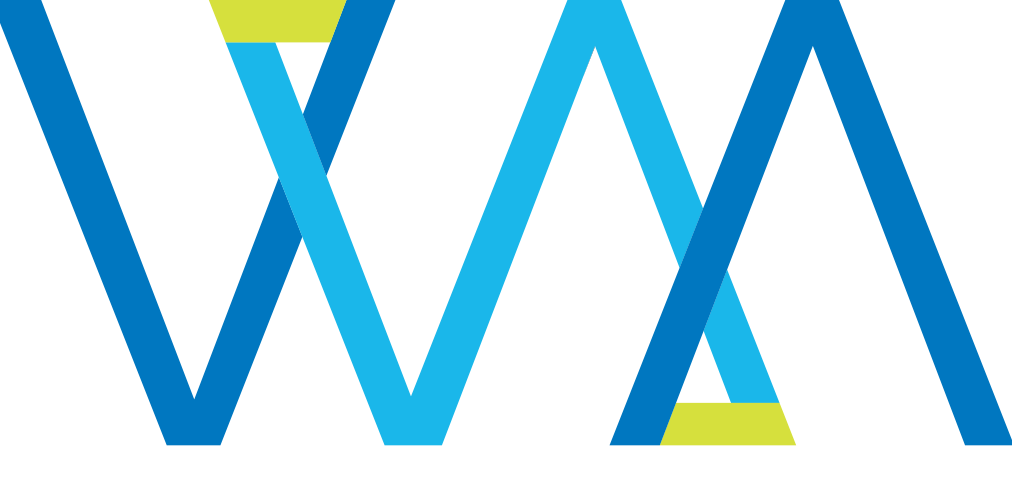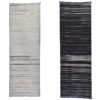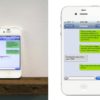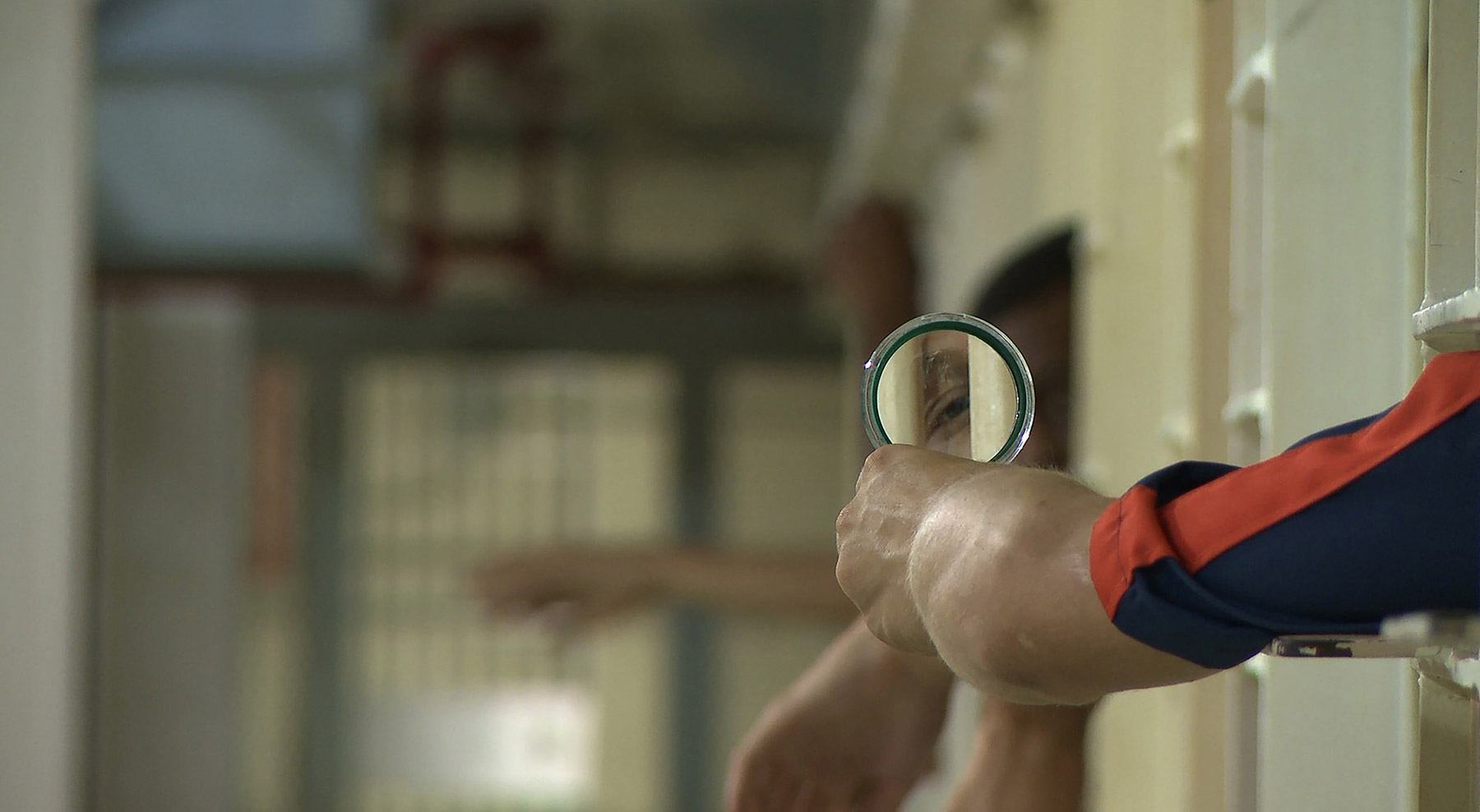Tirtza Even
Natural Life Interactive Online Archive
Interactive video
Over the last fifteen years I have been developing a language for communicating human social and political realities in visual media, through almost imperceptible digital manipulation and careful sequencing of (or navigation through) the recorded moments.
Both my linear and my interactive video work have consistently been engaged with representing the encounter — or conversation — with a variety of groups and individuals, typically ones whose lives embody complex or decentralized social/political settings (in Palestine, Turkey, the U.S. and Germany, among other locations). Simultaneously (and perhaps especially), the work could also be described as an exploration of the inevitable yet nuanced failure of this very act of representation.
I look for ways to destabilize and undermine any projected unities–of character, of story — with which I (or the viewer) could assume control over difference. My goal is to somehow express the freedom from narrative or ideological framework that the details I find embody.
Failure to contain, to tell a coherent story, is an aesthetic driven by a political and an ethical goal. I want to have the work suggest the very same resistance to analysis that draws me to the documented scene in the first place. I use ellipsis and contradiction to frustrate my effort to hold on to what I am at the same time grasping to know and tell. The visual language I developed aims to question and expose the ideological bias underlying any single view; to fracture and destabilize the various frameworks which safeguard the stability of narrative structures and hierarchies (the in/out of a story, the uniformity of character, genre divisions etc.); and finally, to complicate the separation between documentary and fiction.
I tell the stories of the five individuals featured in Natural Life from multiple angles, ranging from that of the legal experts and law enforcement officials, through family members of the inmates and relatives of victims of similar crimes. My goal is to examine context as activating and revealing change and difference – synchronically, through simultaneous yet incongruent views on similar acts or events, and diachronically, by allowing positions and phrases to mutate and flip meaning, as in a pun, when transitioning between stories.
This is done first and foremost through the literal device of a split screen (in the single channel version) and the two-tier navigation (in the interactive version of the piece). The voices, thus, are always interpreted through more than one view: older and younger, black and white, victim and perpetrator, police and convict, inside prison and outside it. The meaning of each of the two sides / tiers of the screen, however, mutates and alters. Difference is the only constant. My hope is to depict change as inevitable, and difference as structural, and in that way, to challenge the underlying presumption of permanence and sameness that the sentence of life-without-parole for juveniles claims and imposes.



